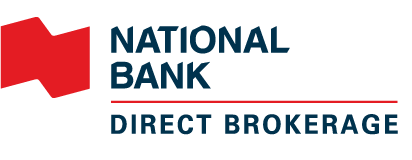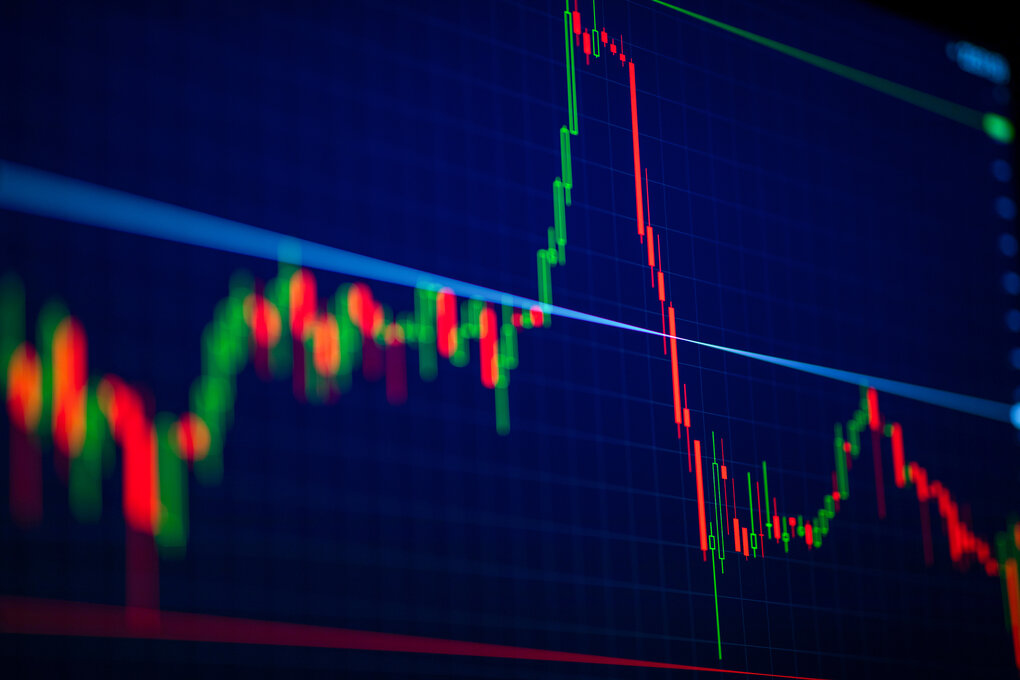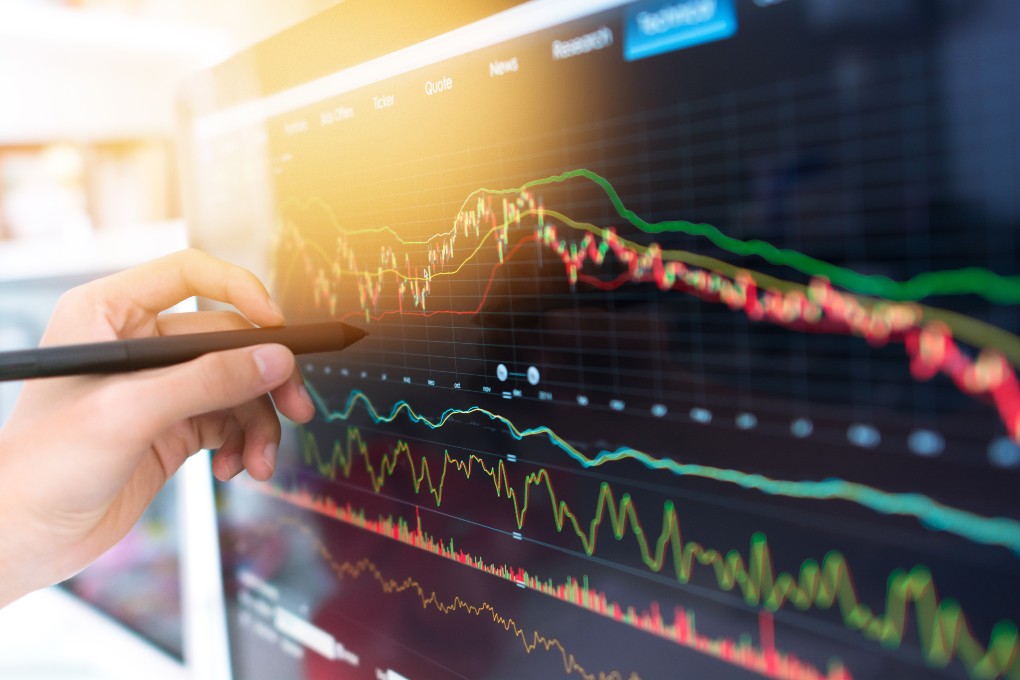In this article, we will explain how the VWAP indicator takes into account the volume of transactions and how it can be used to supplement your analyses.
Definition of the Indicator
VWAP is the abbreviation for Volume-Weighted Average Price. One of the specific points with this technical indicator is that the VWAP is calculated on a daily basis, i.e., it only accumulates the data for the current day and resets itself with each new session. You can deduce from this that it is a technical analysis tool that can be very useful for day traders.
Calculation and Interpretation
This technical indicator allows you to know the average price based on the number of shares that have been traded at a particular price during the period of time you’re analyzing. Like moving averages, the VWAP is a line that is traced on the graph to allow you to view changes in its value relative to the share price.
Calculation method:
VWAP = (Average price * Volume during the time interval) / Cumulative volume
The volume-weighted average price therefore means that the VWAP indicator shows the average share price based on the transaction volume.
Distinction Between Moving Average and VWAP
While these indicators may seem similar, they are not calculated in the same way at all. The simple moving average is obtained by adding up closing prices for a given number of periods and then dividing that amount by the number of periods.
Example of calculating a 5-period moving average
($10.25 + $10.30 + $10.35 + $10.30 + $10.35) / 5 = $10.31
Unlike VWAP, moving averages do not take volume into account.
Use of the VWAP Indicator
The VWAP is a technical analysis tool that can serve as a trend indicator to confirm the general direction of the price for the current session. Indeed, the VWAP can act as a support or resistance zone, and day traders can use it either as an entry point or to define a stop-loss order.
Generally, as long as the share price fluctuates below the VWAP line, this is a confirmation that the price is moving in a downward trend. Conversely, as long as the price remains above the VWAP, the stock can be considered to be on an upward trend.
The image below provides a concrete example:

*Source: Market-Q
You can see that during these 3 sessions, the volume-weighted average price line indicated the general direction of the price and acted as a support/resistance zone. You can also notice the major variation in the value of the VWAP for each new day. This discrepancy is due to the daily recalibration of this indicator.
Considering the VWAP as a trend indicator, when the price rises through the volume-weighted average price line, this can be considered a buy signal. Once above this line, the VWAP should act as a support area for the share price. In such a case, the same line can also be used to identify the price level at which a trend reversal could occur. Investors could then use it to define their stop-loss order, thereby limiting any losses from a transaction.
Conclusion
Finally, it seems obvious that the VWAP can be superimposed with different technical analysis concepts such as support and resistance lines, trends, etc. In the end, the volume-weighted average price serves, above all, to identify the dominant trend for the current session. It may therefore make sense for independent investors to use the VWAP in combination with moving averages or other technical indicators to confirm buy and sell signals.
Author biography: Alexandre Demers has been an active investor since 2013 and is the founder and president of Traders 360 inc. He has also authored the e-book “Investir à contre-courant” (Investing against the grain) and hosts the “Finance 360” podcast available free on Spotify and iTunes. His goal is to make stock trading more democratic and educate the public at large about the possibilities of self-managed investing.
The above article was written by Traders 360, an external and independent partner of National Bank Direct Brokerage.




